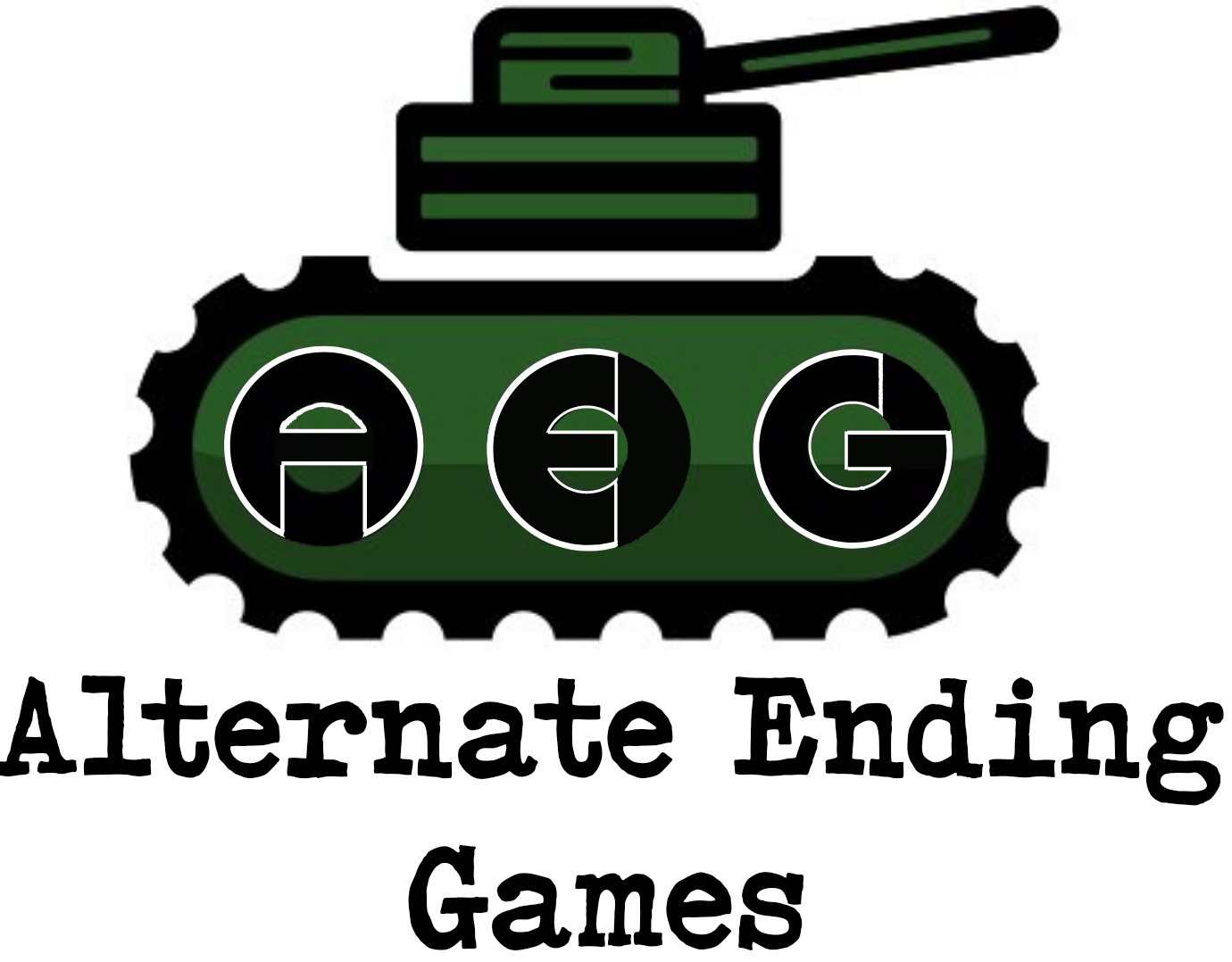- Home
- Sale
- New Arrivals
-
All Products
-
Browse by Type
-
Browse by Era
-
Browse by Country
-
- Shop By Category
- Packs
- Contact Us
- Custom Order
-
$1.49
| /
In June 1917, before the first A7V tanks had been completed, the German War Ministry ordered the development of a new superheavy tank intended to be used in break-through situations. Design work was carried out by Joseph Vollmer, a reserve captain and engineer working for the Verkehrstechnische Prüfungskommission ("Transport-technologies Board of Examiners" of the army), and a Captain Weger.
On June 28, 1917 the War Ministry approved the draft design and ordered ten examples, five to be built by the Riebe ball-bearing factory in Berlin and five by Wegmann & Co. of Kassel.
The vehicle originally weighed 165 tons but this was reduced to a more practicable 120 tons by shortening the length. The huge size and mass of the K-Wagen made it impossible to transport, so it was decided that it would be split into sections for transport by rail, to be reassembled behind the front line near where it was to be used.
Two prototypes were built at the request of Hindenburg, and were almost complete by the end of the war.

